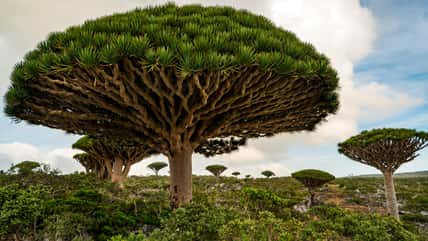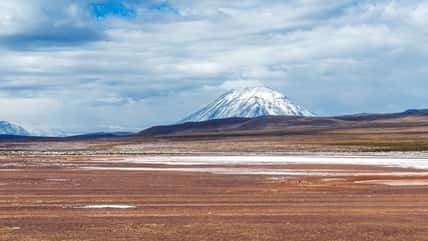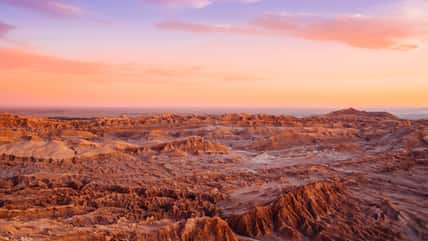Astronomers Have Detected Strange New Structures And Activity Above Jupiter’s Great Red Spot That May Be Caused By Atmospheric Gravity Waves
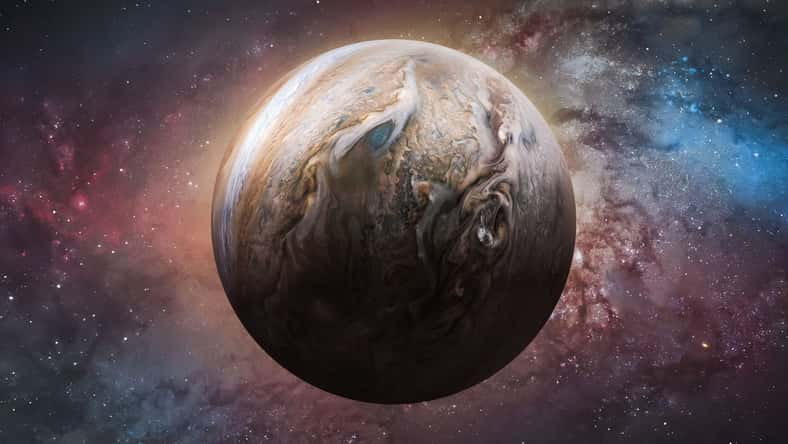
Above Jupiter’s Great Red Spot, astronomers have spotted new structures and activity in the atmosphere using the powerful James Webb Space Telescope (JWST). The strange activity seems to be caused by atmospheric gravity waves.
According to NASA, the Great Red Spot is the largest storm in the solar system. It is twice the size of planet Earth and has existed for at least 300 years.
It produces wind speeds of around 270 to 425 miles per hour. The gigantic storm was first observed in 1831 and has remained the most notable feature on Jupiter due to its reddish-orange hue.
In the past, scientists have assumed that the atmosphere above the Great Red Spot was not an interesting topic of study. However, the new observations made from the telescope’s Near InfraRed Spectrograph (NIRSpec) instrument have proven them wrong.
“We thought this region, perhaps naively, would be really boring,” Henrik Melin, the team leader of the study from the University of Leicester in England, said. “It is, in fact, just as interesting as the northern lights, if not more so. Jupiter never ceases to surprise.”
The upper atmosphere of Jupiter is the point where the planet’s magnetic field and lower atmosphere meet, resulting in bright northern and southern lights.
The lights are powered by charged particles from the sun and volcanic material from Io, one of Jupiter’s moons. It is the fourth-largest moon and the most active volcanic body in the solar system.
On Earth, Jupiter may be one of the brightest objects seen in the night sky because of its northern and southern lights. However, its atmosphere emanates a weak glow, which makes it difficult for telescopes on the ground to detect.
Since the JWST is situated in space, it’s got a much clearer view of Jupiter’s atmosphere. With the help of NIRSpec, Melin and his team discovered a variety of shapes in the region above the Great Red Spot, including dark arcs and bright spots.
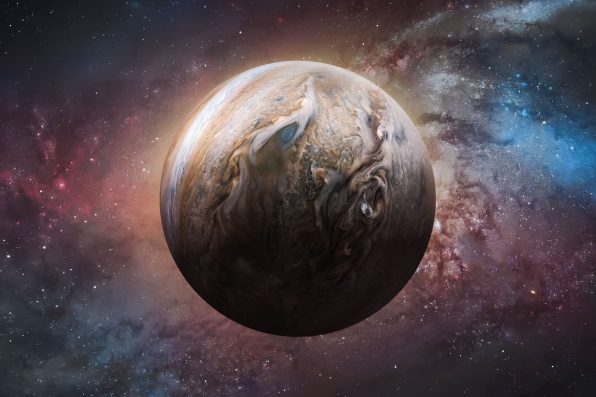
dimazel – stock.adobe.com – illustrative purposes only
Sunlight appeared to have been responsible for most of the light observed in Jupiter’s atmosphere. But, the team thinks there is another reason behind the presence of the odd structures.
“One way in which you can change this structure is by gravity waves—similar to waves crashing on a beach, creating ripples in the sand,” explained Melin.
“These waves are generated deep in the turbulent lower atmosphere, all around the Great Red Spot, and they can travel up in altitude, changing the structure and emissions of the upper atmosphere.”
Gravity waves move through an atmosphere and are even seen on Earth occasionally. But the ones on Earth are much less powerful than on Jupiter.
The team plans to investigate the Great Red Spot features and their wave patterns further with the JWST.
Future findings could help reveal more about the movement of the structures and how energy is distributed across Jupiter in general.
Sign up for Chip Chick’s newsletter and get stories like this delivered to your inbox.
More About:News



